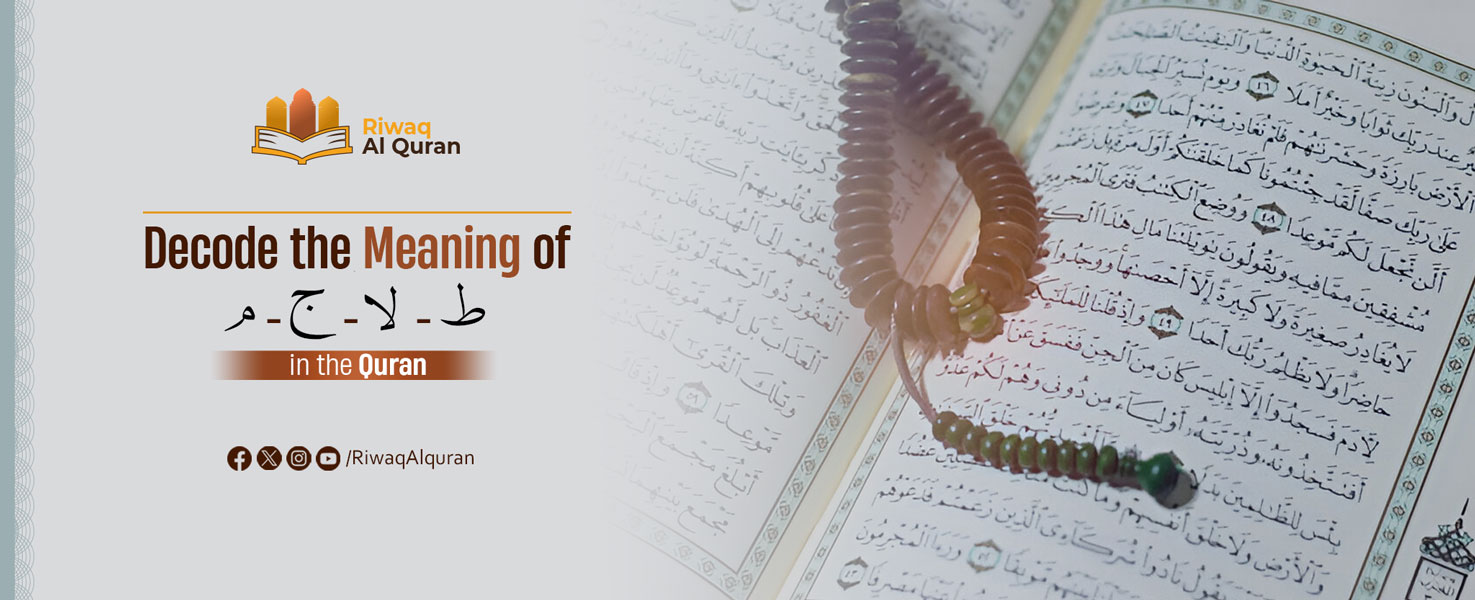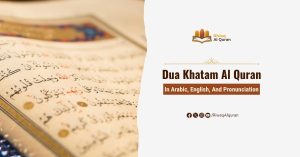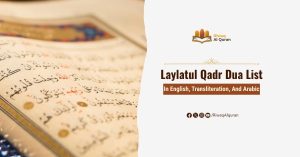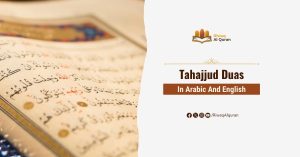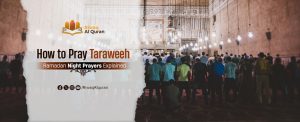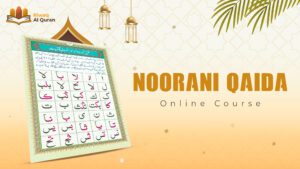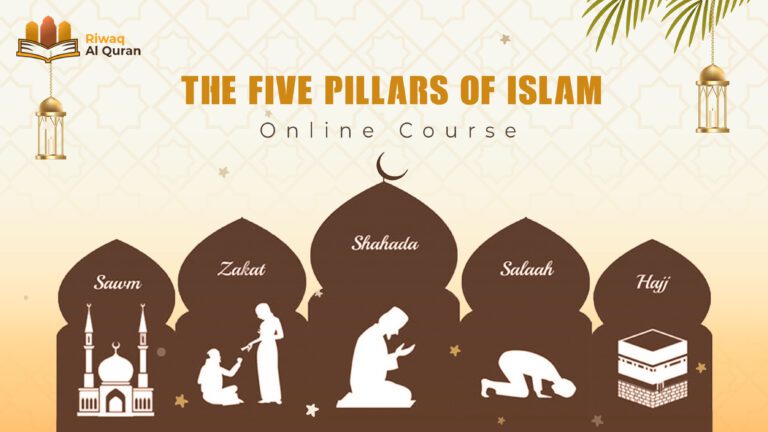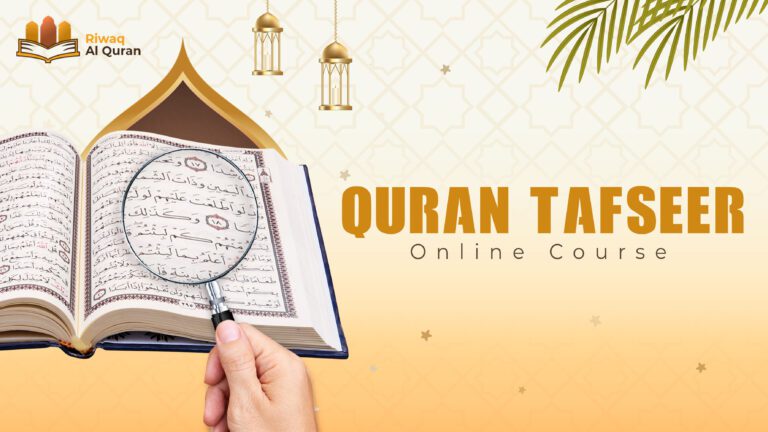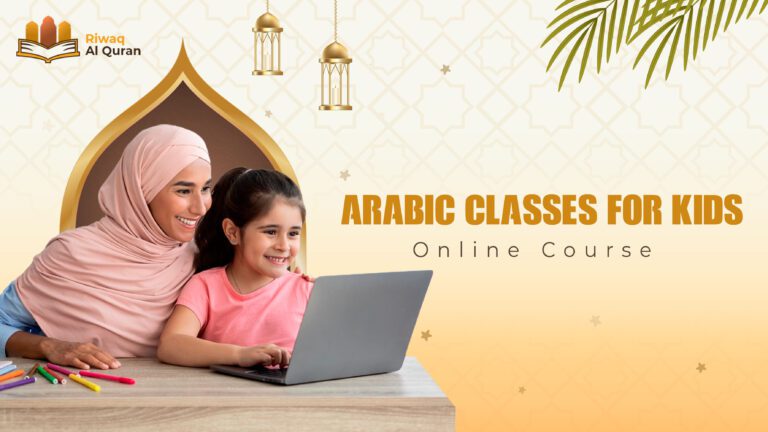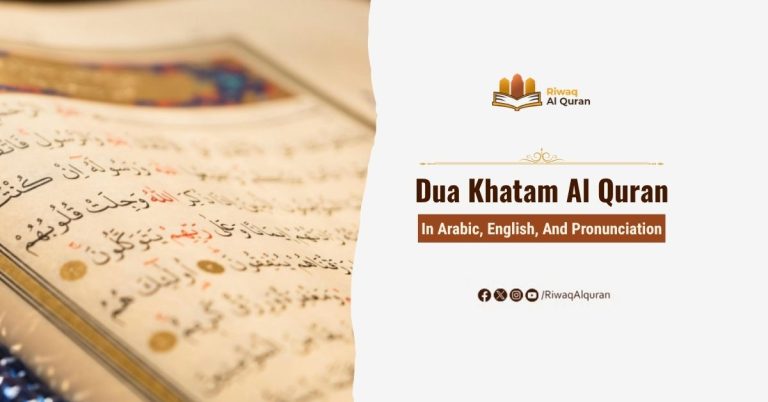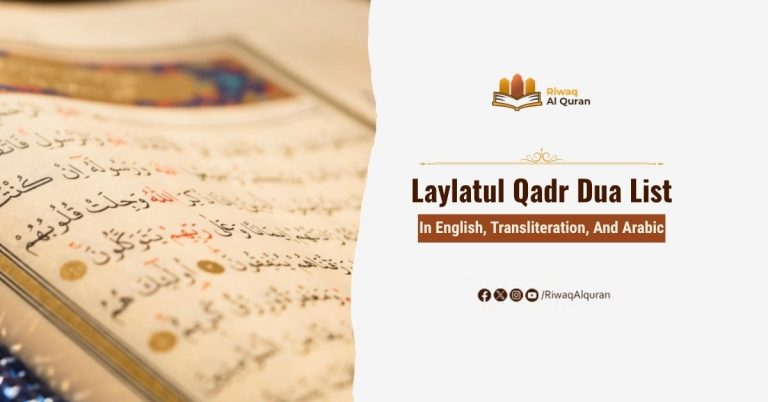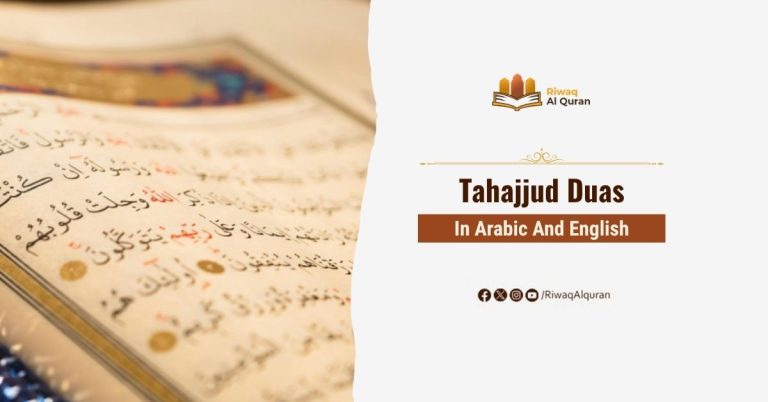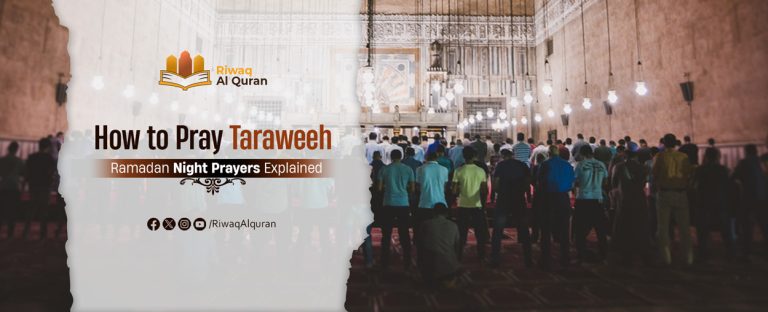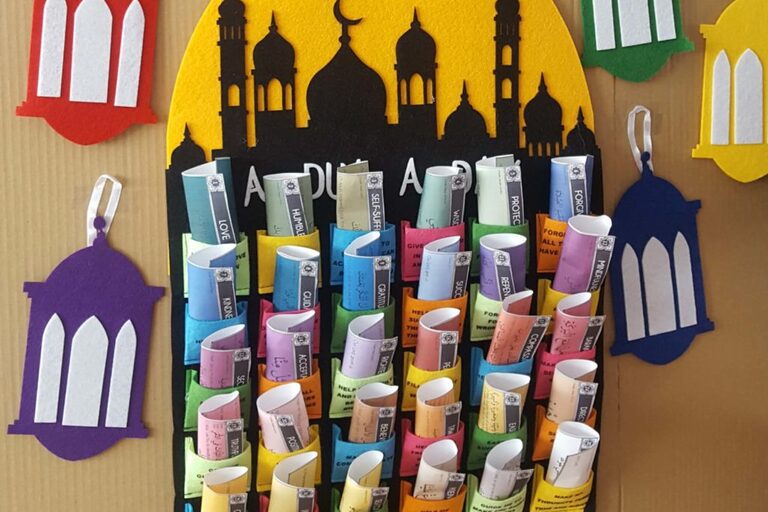When reciting the Quran, there are some signs any reader will encounter. These signs are vital in reciting the Quran properly, preserving its meaning, beauty, and message. Among these signs are Waqf signs [علامات الوقف]. These signs are crucial for understanding the correct meaning and intent of the Quranic verses.
There are four common, widely-used Waqf signs. These are ط, م, لا and ج. In this article, we will examine these four signs in some detail and explore why they are very important to learn and implement.
Table of Contents
Quran Signs ط – لا – ج – م
The signs ط, لا, ج, and م are essential markers in the Quran that guide proper recitation, preserving the meaning and message of the verses.
- ط indicates an absolute pause, even if the verse isn’t complete.
- لا forbids any pause as it would alter the meaning,
- while ج allows a choice between stopping or continuing.
- م mandates a stop to avoid changing the verse’s intent.
These are Waqf signs that are crucial for mastering Tarteel, ensuring accurate and beautiful recitation while deepening spiritual connection and preserving the Quran’s message.
Quaran signs are vital concepts in Tarteel [proper reciting] of the Quran. Quran Signs are marks that designate particular points in the Quran where a halt can be/must be/must never be made. These are generally placed at the top of the line they apply to in a verse. Let’s examine the four most common Waqf signs in the Quran.

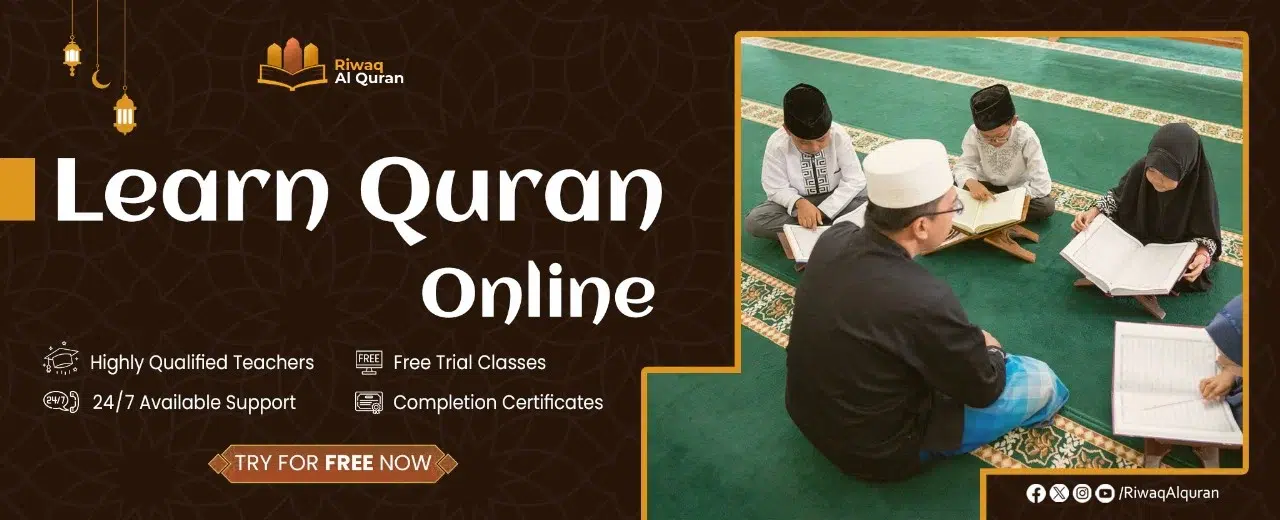
Quran Sign م Meaning In The Quran
The “مـ” sign in the Quran means Mandatory Waqf which means that the reader should stop at the word and start with the next word. It has the symbol of a little “مـ” above the word. The “مـ” is an abbreviation of the Arabic word “لازم” [Mandatory]. It means disregarding the sign may lead to a change in the meaning.
An Example of م From The Quran:
“فَلَا يَحْزُنكَ قَوْلُهُمْ ۘ إِنَّا نَعْلَمُ مَا يُسِرُّونَ وَمَا يُعْلِنُونَ”
[So do not let their words grieve you ˹O Prophet˺. Indeed, We ˹fully˺ know what they conceal and what they reveal.]
Here, a reciter MUST make Waqf after “فَلَا يَحْزُنكَ قَوْلُهُمْ” [So do not let their words grieve you ˹O Prophet˺]. The reason is that the two parts of this verse, separated by the “مـ” sign, are isolated in meaning, and to keep that meaning intact, they need to be isolated in recitation by Waqf.
Quran Sign لا Meaning In The Quran?
The “لا” sign in the Quran means Prohibited Waqf which means that the reciter is not allowed to stop [make Waqf] at this site due to the incomplete meaning of the verse or because Waqf at that place will entail an incorrect meaning. It is symbolized by a little “لا” above the site. This Arabic “لا” means “no” when uttered in isolation.
An example from the Quran:
“وَلَقَدْ أَهْلَكْنَا ٱلْقُرُونَ مِن قَبْلِكُمْ لَمَّا ظَلَمُوا۟ ۙ وَجَآءَتْهُمْ رُسُلُهُم بِٱلْبَيِّنَـٰتِ وَمَا كَانُوا۟ لِيُؤْمِنُوا۟ ۚ كَذَٰلِكَ نَجْزِى ٱلْقَوْمَ ٱلْمُجْرِمِينَ”
[We surely destroyed ˹other˺ peoples before you when they did wrong, and their messengers came to them with clear proofs but they would not believe! This is how We reward the wicked people].
After reciting “وَلَقَدْ أَهْلَكْنَا ٱلْقُرُونَ مِن قَبْلِكُمْ لَمَّا ظَلَمُوا۟” [We surely destroyed ˹other˺ peoples before you when they did wrong], the reciter must not make Waqf, but rather continue till the end of the verse, or at least till “وَجَآءَتْهُمْ رُسُلُهُم بِٱلْبَيِّنَـٰتِ وَمَا كَانُوا۟ لِيُؤْمِنُوا۟” [and their messengers came to them with clear proofs but they would not believe], as there is a Permissible Waqf after it.
The reason is that if the reciter stops at that point, the meaning will be incomplete and thus confusing because what makes those people deserve to be punished is that (I) “they did wrong” and (2) “their messengers came to them with clear proofs but they would not believe”. Once both conditions are clear, then the message is done and the meaning is complete. Therefore, the reciter can safely make Waqf.
Experience Riwaq Al Quran Classes
Watch real moments from our live sessions at Riwaq Al Quran and see how we bring learning to life. These clips highlight our interactive, student-focused approach designed to keep learners engaged, motivated, and actively involved in every step of their educational journey.
What Does ج Mean In The Quran?
The “ج” sign in the Quran means Permissible Waqf which denotes that the reader is allowed either to complete their recitation or make Waqf at that word. A little “ج” appears above the word. The “ج” is an abbreviation of the Arabic word “جائز” [Permissible].
An Example From The Quran:
“دَعْوَىٰهُمْ فِيهَا سُبْحَـٰنَكَ ٱللَّهُمَّ وَتَحِيَّتُهُمْ فِيهَا سَلَـٰمٌۭ ۚ وَءَاخِرُ دَعْوَىٰهُمْ أَنِ ٱلْحَمْدُ لِلَّهِ رَبِّ ٱلْعَـٰلَمِينَ”
[in which their prayer will be, “Glory be to You, O Allah!” and their greeting will be, “Peace!” and their closing prayer will be, “All praise is for Allah—Lord of all worlds!”]
After reciting “دَعْوَىٰهُمْ فِيهَا سُبْحَـٰنَكَ ٱللَّهُمَّ وَتَحِيَّتُهُمْ فِيهَا سَلَـٰمٌۭ” [in which their prayer will be, “Glory be to You, O Allah!” and their greeting will be, “Peace!”], it is up to the reciter to continue or to make Waqf [stop]. They have both options. That’s because the whole message is complete, and splitting the verse will not affect it.
What Does ط Mean In The Quran?
The “ط” sign in the Quran means Absolute Waqf which means that the reader should stop even though the verse is incomplete. It has the symbol of a little “ط” above the word. The “ط” is an abbreviation of the Arabic word “مطلق” [Absolute]. It means disregarding the sign may lead to a big change in the meaning.
However, this symbol does not appear anymore in most modern Mushaf (written Quran). Most probably, the reason is that it is replaced by the more common Waqf symbol: [مـ] [Mandatory Waqf] as it serves almost the same job. Please see the next point for more clarification about the Mandatory Waqf.
Why Is It Important To Learn Quran Signs?
Quran reading signs are very important as far as reciting the Quran is concerned. Understanding and applying these signs [symbols] is the cornerstone of understanding the Quran and its message, and reciting it properly as it was revealed to Prophet Muhammad (peace be upon him).
According to Ali Ibn Abi-Talib [one of the Ten Companions Promised Paradise], Waqf rules constitute half of Tarteel (الترتيل) which is, in turn, composed of “Tajweed of letters” and “knowledge of Waqf” (stopping points). For this reason, studying Waqf is so important to studying the Quran and mastering Tarteel.


Why Students Love Learning with Riwaq Al Quran
Hear directly from our students about how Riwaq Al Quran Academy has transformed their connection with the Book of Allah. Their experiences reflect the dedication, care, and quality that guide every step of our teaching.
Learn Quran, Arabic, And Islamic Studies Online With The Best Native Tutors
Riwaq Al Quran is a comprehensive online platform that offers personalized Quran, Arabic, and Islamic Studies Online classes for individuals of all ages and backgrounds.
Their experienced instructors use a structured curriculum to cover Tajweed, Tafsir, and Memorization, providing easy and effective access to learning the Quran.
The advanced online classes allow for seamless communication and interaction between students and teachers. Join Riwaq Al Quran for a deeper connection with the Quran.
We offer several courses such as:
- Online courses for kids.
- Online Quran classes for kids and adults.
- Online Arabic courses
- Online Ijazah courses
- Online Islamic Studies courses.
Here are a sample of our set of Quran Courses that will be helpful for you:
- Online Tafseer Course: Delve into Quranic meanings with our insightful online Tafseer course.
- Noorani Qaida Online: Learn Quranic basics efficiently through our Noorani Qaida online program.
- Online Quran Recitation Course: Enhance Quranic recitation skills through our expert-led online course.
- Online Tajweed Classes: Master Tajweed rules for beautiful Quranic recitation in online classes.
- Quran Memorization Online Course: Memorize the Quran effectively with our specialized online memorization course.
- Online Qirat Course: Explore diverse Qirat styles with our comprehensive online Qirat course.
- Online Quran Classes for Kids: Nurture a love for the Quran in kids through interactive online classes.
Conclusion
To sum up, Waqf signs are vital in Tarteel (الترتيل), as they play a crucial role in the proper recitation of the Quran. It is not possible to learn how to recite the Quran properly without learning Waqf.
So, to recite the Quran in a way that is lovely, profound, and spiritually uplifting, the reciter must understand and use Waqf signs. In fact, Muslims can strengthen their spiritual development and bond with the Quran, the last word of Allah to mankind, by learning these signs and how to implement them during recitation. This way, they can also contribute to preserving the message of the Quran.

